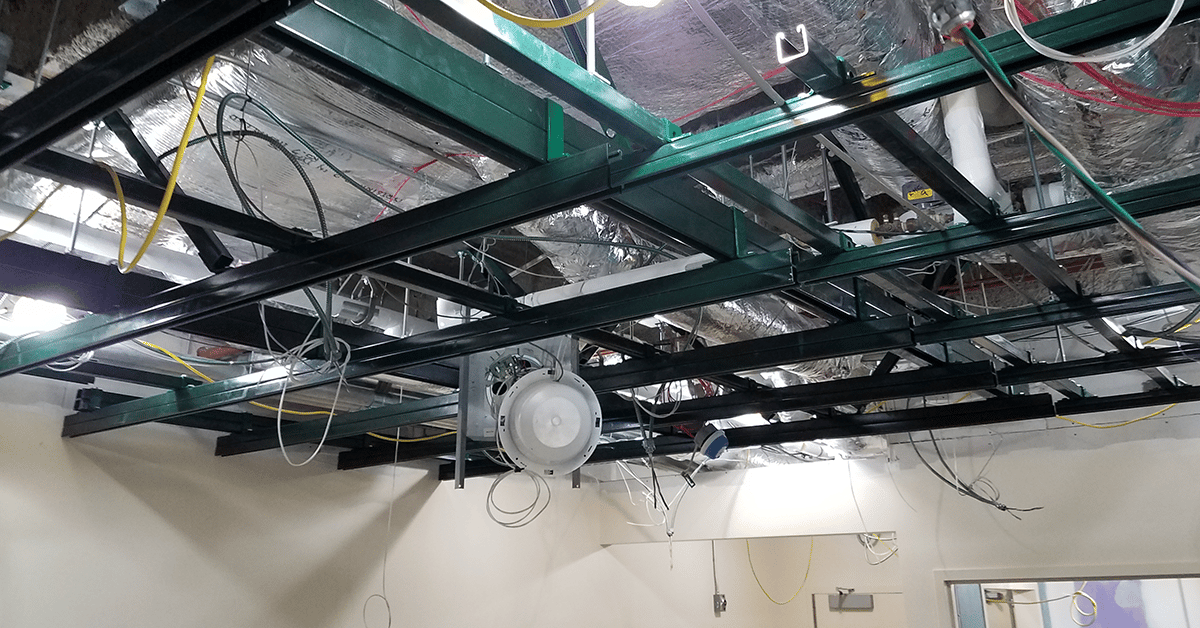Successful Support Boils Down Accurate Calculations
Safe, effective medical equipment installation cannot be accomplished without taking deflection into account. It is a crucial measurement that needs to be considered when installing and supporting medical equipment because your expensive equipment needs to function properly.

Deflection, sometimes referred to as deviation, is an important measurement that involves load capacity, maximum allowable uniform load and other reduction factors.Calculating deflection will allow you to properly support medical equipment such as catheterization arms, radiology equipment, service booms and medical lights and ensure they work properly for years to come.
Why Is Calculating Deflection Important in Medical Equipment Installation?
People often worry about the structural integrity of their medical support systems for three main reasons. The first reason is safety because they want to ensure patients and technicians can avoid injury when operating under medical equipment. The second reason is saving money. Medical facilities are supporting expensive equipment and would hate to see the system fail, causing hundreds if not thousands of dollars to come crashing down. The third reason involves accurate readings and maximum performance of their equipment. When deflection isn’t taken into consideration, overhead medical supports and equipment become compromised and the three main concerns become realities.
The Negative Effects of Incorrectly Calculating Deflection
Inaccurate calculations can lead to a wide range of problems that can effect both the medical equipment and the overhead Unistrut support system that the equipment is suspended from. Incorrect deflection measurements can cause excessive wear and irregular movements of medical equipment and supports. Bearings can erode, fail to move smoothly and ultimately lead to inaccurate measurements and readings when using catheterization and radiology equipment. The Unistrut ceiling grid may have too much weight, due to both the medical equipment and applied loads and forces, causing it to sag or slope. This increased pressure on the system may cause it to collapse.
It’s important to understand that medical equipment such as catheterization arms and radiology equipment are precisely calibrated for maximum efficiency and performance so slight deviations and deflections will cause problems. Standard lighting and service booms are also susceptible to these same problems. When installing medical equipment, remember that standard catheterization and radiology supports require “less than 1/16 inches” of deflection while standard lighting and service booms require “less than 0.2 degrees” of rotation. Making sure you’re correctly calculating deflection will ensure patients and technicians are safe, your medical equipment is securely and properly supported and your medical equipment functions to it’s full potential, giving you the accurate readings and measurements required for proper medical attention.
Expert Medical Equipment Installation Contractors

Strut Systems Installation (SSI) offers unparalleled medical equipment support systems. Our team of Medical Support Experts will ensure the proper calculations are taken into consideration, allowing your medical equipment to function to its full potential while being properly supported.
Medical equipment that can be supported by our Unistrut Ceiling Grid Systems include but are not limited to overhead x-ray supports, exam/surgical lighting, patient lift supports, and microscope supports.






